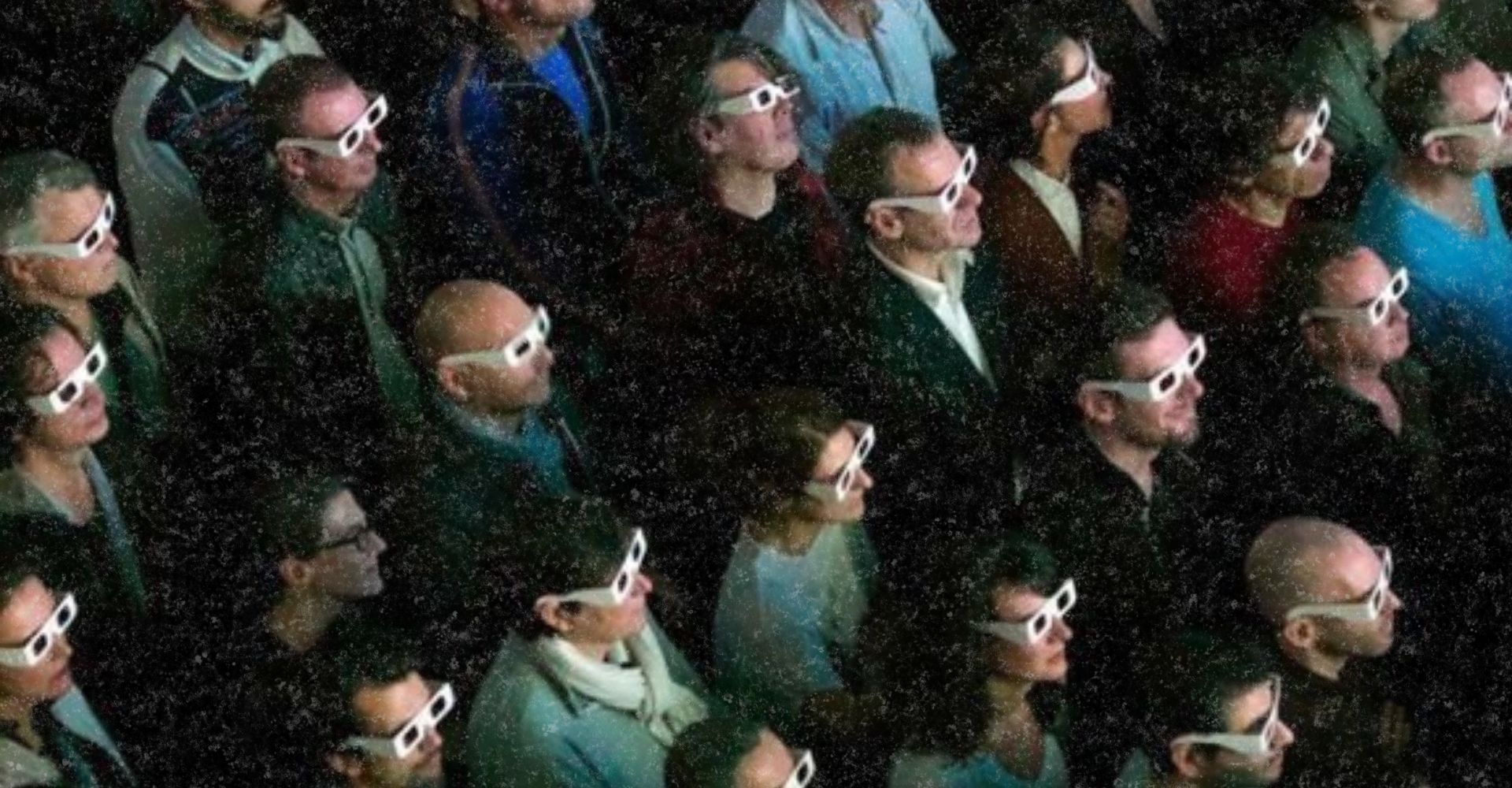
Community and Better Communication
This is my final essay about an idea I have covered previously here: the creation of a Department of Community. Recall that this vital department would be a new city-run agency with branches all across New York City that is geared to help residents solve practical problems and become better community members. One of the Department’s key functions would be to improve communication across the city, both between citizens and their government, and between government agencies themselves.
The problem in New York is a problem nearly everywhere these days. Despite the fact that we have the best communication technology in the history of the world, our society so often remains disjointed and badly informed. This problem has a number of root causes. First of all, there is just an overwhelming amount of information out there. The rapid growth of the internet and social media over the past couple of decades has led to an explosion of information, making it difficult for users to verify the accuracy and reliability of what they are consuming. This abundance of information can also lead to confusion and misinformation, as we grow more likely to believe and share information that confirms our pre-existing beliefs or opinions.
But it’s not just a question of abundance. The anonymity provided by the internet allows individuals to share and spread misinformation without facing consequences. This can lead to a lack of accountability and further contribute to the spread of misinformation. The fact that social media platforms use algorithms to prioritize and display content also can inadvertently promote misinformation. As a result, misinformation thrives and our trust in traditional sources of information, like experts, news agencies and government, is eroded.
Taken together, this phenomenon can make it extremely difficult to be a well-informed citizen, and also make it extremely challenging for government agencies to communicate effectively with their citizens. This breakdown of communication leads to increased levels of civic unrest, political polarization, crime and more. Governments are often viewed as unresponsive and inefficient by the public, and poor information sharing can lead to a lack of citizen engagement, as people may not know what is happening in their communities. A well-run Department of Community could not solve all of these challenges by itself but it could head off a number of communication breakdowns before they develop further.
The first aspect of this would be better community education like launching community outreach programs that promote critical thinking, media literacy, and diversity in information sources. In the same way we teach driver’s education, we could teach basic communication and learning skills that show citizens how to verify, process and interpret information and information sources in a digital age. As I’ve talked about before, the Department of Community could also take advantage of the fact that we all walk around with small computers in our pockets to make sure that helpful and responsible information is being disseminated across our communities, whether it’s a reminder about voter registration or just to provide updates on city services, events, and cultural activities. We have Amber Alerts already, why not a similar community notifications system? Given the abundance of online information out there we can no longer count on the fact that people will have access to good information through old-fashioned channels like PSAs, TV advertising or billboards.
Our government agencies not only struggle to communicate with the citizens they govern, they also communicate poorly with each other—something that takes on a whole order of magnitude more significance in a place as big as New York City. Here, for example, law enforcement and the Departments of Health and Transportation often fail to communicate effectively to address the city’s problems. To address these challenges, government agencies could adopt new communication techniques, improve interoperability between departments, and use data-driven approaches to target specific communities and address their information needs.
The Department of Community could be the lynchpin of this interdepartmental effort: the glue between them that helps bolster their communication strategies. For example, if the city is experiencing a major increase in cycling accidents and traffic violations that are resulting in injuries and healthcare emergencies, and law enforcement and the Department of Transportation decide to start cracking down on offenders to address the issues, the Department of Community could handle the communication strategy, making sure resident understand what is happening and what the different branches of their government are doing about it.
But that’s just the start of the gains that can be made from better communication. In my next post, I want to explore how we can foster a more active citizenry in our communities, boost voter turnout and more.






